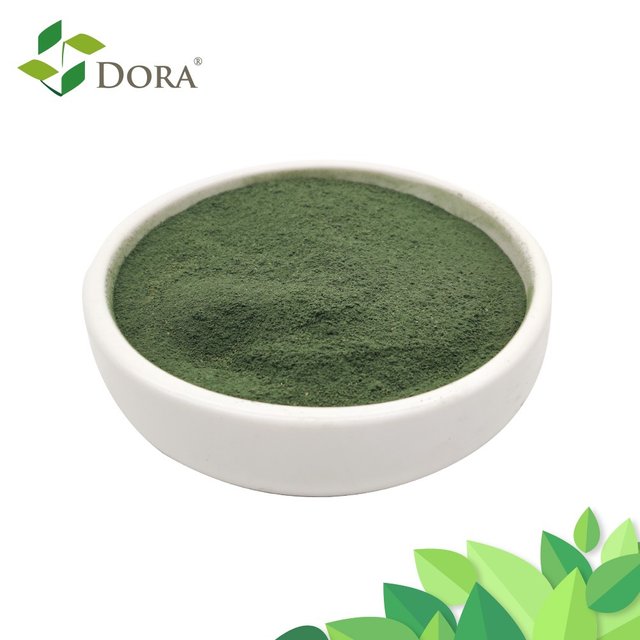Bio Insecticides Metarhizium Anisopliae is an entomopathogenic fungus that infects insects that come in contact with it. Once the fungus spores attach to the surface of the insect, germinate and begin to grow, they then penetrate the exoskeleton of the insect and grow very rapidly inside the insect, causing the insect to die. Other insects that come in contact with infected insects also become infected with the fungus.
Mode of Action Metarhizium Anisopliae
Metarhizium Anisopliae Products are pathogenic fungus to pests. The conidia of metarhizium anisopliae are easily attached to the internodes of the host insect’s skin.
When encountering suitable temperature and humidity, the conidia germinate, produce bud tubes, and form hyphae. Mycelia secrete enzymes capable of dissolving chitin, dissolving insect body walls. And by the pressure of bacteria on host invasion, hyphae invade the host’s epidermis, and then gradually inwardly invade, invading the adipose tissue and muscle of insects. The mycelium multiplies in the insect body, causing the insect to die.
When host insects are first sensed by metarhizium anisopliae, yellow-brown spots can be seen on the body wall. Due to the action of metarhizium toxin, insects begin to show neurological disorders. Larvae stop feeding, their response to stimuli decreases, and they eventually die. After death, the corpse became rigid, and the hyphae inside the worm began to extend to the outside. The body was soon covered with a layer of white hyphae. Then one or two days later, conidial stalks and conidia formed on the hypha. It turns green or dark green.
Application Methods
Foliar Spray (For hoppers & Bugs): The product should be sprayed on the growing plants using hand, ground or aerial spray equipment.
Soil application (Root grubs & vine weevils): Metarhizium anisopliae can be sprinkled around the root — zone and incorporated into the soil either mechanically or through watering of plants.
It can also be incorporated into the soil through drip irrigation systems after filtering with appropriate filters.
Frequency of application
Applications should be repeated at least once a week for four weeks. For greenhouse pest
problems, applications in every 1015 days are recommended. All applications should be based on the monitoring of pest populations.
Dosage
Foliar spray: 2.5 kg/hectare in 500 liters of water i.e., 5 gm per liter of water. The spray
volume depends on the crop canopy.
Soil application: 2.5 kg / hectare.
Drip system: 5 g/liter of water

